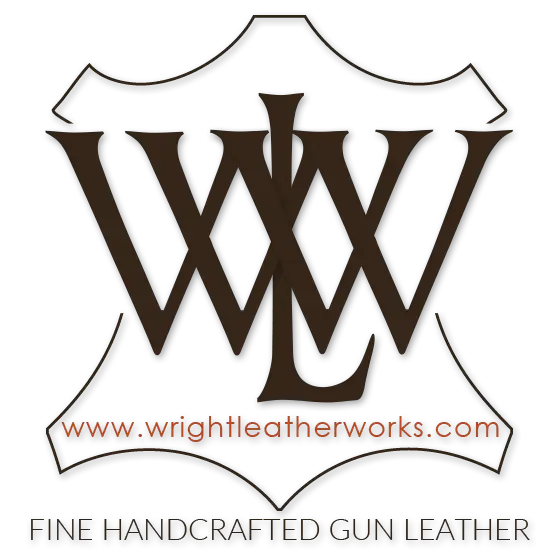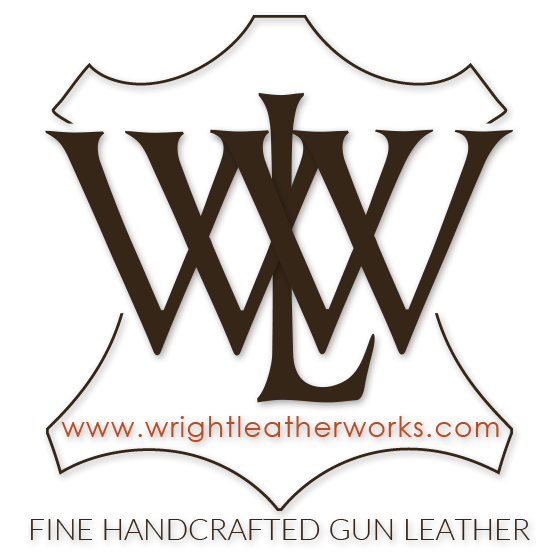For any firearm owner who prefers carrying outside the waistband, choosing the proper OWB holster will directly impact comfort, safety, and draw efficiency. Whether new to firearms or a seasoned carrier looking to upgrade to refined gear, many semi-points on which one ought to mutually agree define a good OWB holster.
Many options have varied designs, materials, retention, and concealment. This guide answers your question on how to choose the right OWB Holster that suits your needs and lifestyle perfectly.
What Are OWB Holsters, and Why Select Them?
The outside of your pants is equipped with an OWB (Outside-the-Waistband) holster, which is typically fastened to a strong gun belt. Holsters worn with the inside of one's pants for deeper concealment are clearly distinguished.
OWBs sell well for:
- Open Carry users
- Off-Duty or Plainclothes Law Enforcement
- Firearms Instructors
- Gun Range Training
- Under Jackets or Outerwear for Concealment
And their appeal still lies in how easy they are to access, how comfortable they are, and how quickly they draw.
The Importance of Choosing the Right OWB Holster
A holster does far more than simply hold the gun for you. It is a retention tool that protects the gun from accidental damage and allows for an easy and comfortable draw. If your holster is not right, you could experience printing or interference with your draw, not to mention the obvious safety issues. On the other hand, a well-chosen OWB holster lets you carry securely with a consistent draw and reholstering method.
Here is how to go about your decision-making.
Step 1: Define Your Intended Use
Before you consider holster types or materials, identify exactly how you want to use your holster. This decision will influence everything from material to retention type.
- Open Carry: Look for holsters that have outstanding durability and retention.
- Concealed Carry (under a jacket or hoodie): Look for slim, high-riding OWB models that stay close to the body.
- Range Practice/Training: The best holster grants quick access, easy reholstering, and consistent positioning.
- Duty/Tactical: These require a very able retention system and are comfortable during all-day carry. They also accommodate gear like body armor or a tactical vest.
Step 2: Select a Holster Made for Your Specific Firearm
Holsters that do not perfectly fit your gun will be dangerous and ineffective. An OWB holster must be model-specific or offer adjustable features.
- Molded Holsters: Usually made of Kydex or other polymers, molded holsters are made according to the exact dimensions of specific firearms to ensure a secure fit and fast draw.
- Universal Holsters: These are cheaper, more flexible options, but may never offer perfect retention or comfort.
- Adjustable Retention Holsters: They allow you to adjust the retention level and provide additional flexibility.
Never settle for a "close" fit; always ensure the holster matches your proper firearm model.
Step 3: Choose the Material
The material of the OWB holster influences comfort, retention, and durability.
Kydex
- Dry, rigid, and light in weight
- Great firearm retention
- Does not lose shape over time
- Easy to clean and maintain
- Usually comes with adjustable retention screws
Leather
- Very comfortable against the body
- Molds to your shape with time
- Classic, premium looks
- Can stretch and wear out with use
- Requires maintenance (conditioning)
Nylon or Fabric
- Lightweight and cheap
- Firm retention is missing for smooth withdrawals
- Maybe temporary or casual carry
- Sometimes padded for extra comfort
Pro Tip: Kydex is the best choice for daily carry and durability. Leather is fantastic if you want comfort and a traditional feel.
Step 4: Consider Retention
Retention secures your firearm in place during daily situations or emergencies. The retention mechanisms of OWB holsters are typically passive, active, or adaptable.
Passive retention
- Uses pressure and form-fitting to hold the gun
- It's usually in Kydex holsters
- Allows for a quiet, simple draw
Active retention
- Mechanical locks, thumb breaks, or hoods
- Require intentional action to release the firearm
- Best for open carry or tactical/duty use
Adjustable retention
- Usually tension screws on most modern holsters
- Allows you to set the draw resistance yourself
The retention you need depends on how much security you want and where you carry it.
Step 5: Understand The Ride Height And Cant
Two big things about OWB holsters that usually don't get any attention from undercover are ride height and cant. Both are highly involved in how accessible and concealable your gun is.
- Ride Height: How high or low the holster sits on the belt. A high ride adds to concealment, while a low ride aids in ease of draw.
- Cant: Refers to the angle of the holster. An angle forwardly canting the holster (around 10 to 15 degrees) helps better concealment and comfort, particularly with the 3 to 5 o'clock positions. Straight cants (0) are better for range or competition use.
Step 6: Check the Attachment System
How your OWB holster connects to your belt will heavily determine its stability, comfort, and draw consistency.
- Belt Loops: Provides security, keeps a low profile, slow to be put on or taken off
- Paddle Attachments: Slips on and off easily, great for temporary or casual use, can slightly shift during movement
- Clips: Fast to clip on or off, sometimes not as secure as loops
Loops for the belt are the best option if you plan to wear the holster all day, especially during active movement.
Step 7: The Concealment Potential
Though OWB holsters are not always associated with concealment, they can be worn discreetly under the right conditions.
To enhance concealment:
- Select a low-profile design
- Use a high-riding holster
- Utilize a heavy gun belt to keep the pistol firmly against the body
- Vary or pair with dark clothing
Concealed OWB carry is prevalent during cold months when jackets and hoodies are worn as part of daily wear.
Step 8: Don't Neglect Comfort
A holster that bites into your side or creates hotspots will probably remain in the drawer. Never sacrifice comfort, particularly if you carry for long periods.
- Smoothed or rounded edges
- Sweat guards that avoid gun-to-skin contact
- Ergonomic shape that conforms to your body's contours
- Breathable or light materials
Experimenting with various carry positions (such as 3 o'clock, 4 o'clock, or appendix) can also enhance comfort.
Step 9: Durability and Weather Resistance
Your holster must withstand the weather if you're in a humid, rainy, or dusty area.
- Kydex: Water resistant, sweat resistant, and dirt resistant
- Leather: Will last for years if cared for, but can be susceptible to wet conditions
- Nylon: Light, but will degrade rapidly with heavy use
Check your holster frequently for wear, loose screws, or retention loss.
Step 10: Select a Supportive Gun Belt
The importance of a quality gun belt cannot be overstated. It supports your holster and firearm, distributes weight evenly, and prevents sagging.
- Reinforced leather or dual-layer nylon
- Steel or polymer cores
- Minimal stretch and strong stitching
A flimsy belt will ruin the performance of even the best OWB holster.
Final Thoughts
OWB Holster is not merely choosing what's trendy. It involves carefully considering your carry practices, firearm model, body type, and lifestyle. Your ideal holster provides a firm fit, allows for a smooth and consistent draw, is comfortable all day, and is compatible with your intended use—open carry, concealed carry, or use at the range.
Invest the time to test and tweak your rig; don't be afraid to spend on good equipment. Your safety and daily comfort are on the line.
Want to improve your OWB right? Find high-quality holsters designed for comfort, performance, and everyday readiness. Explore options that fit your firearm, lifestyle, and mission.






Leave a comment (all fields required)